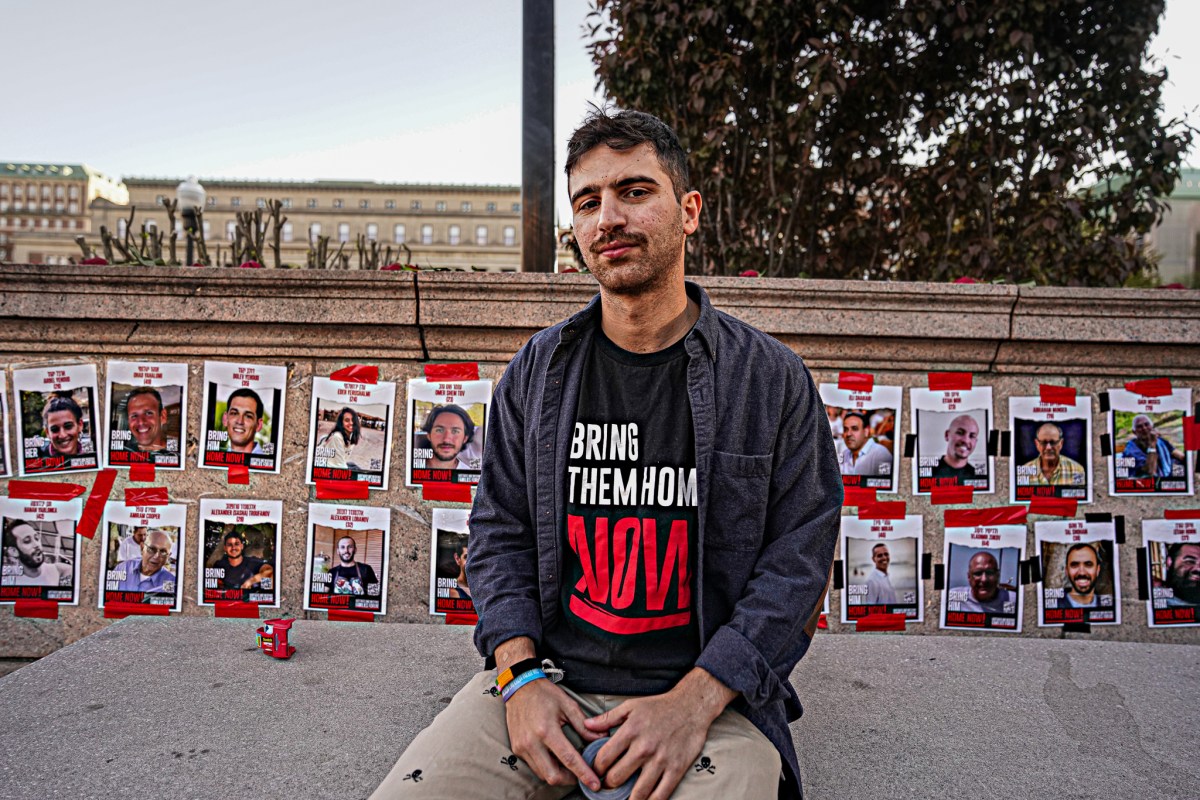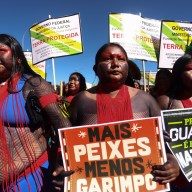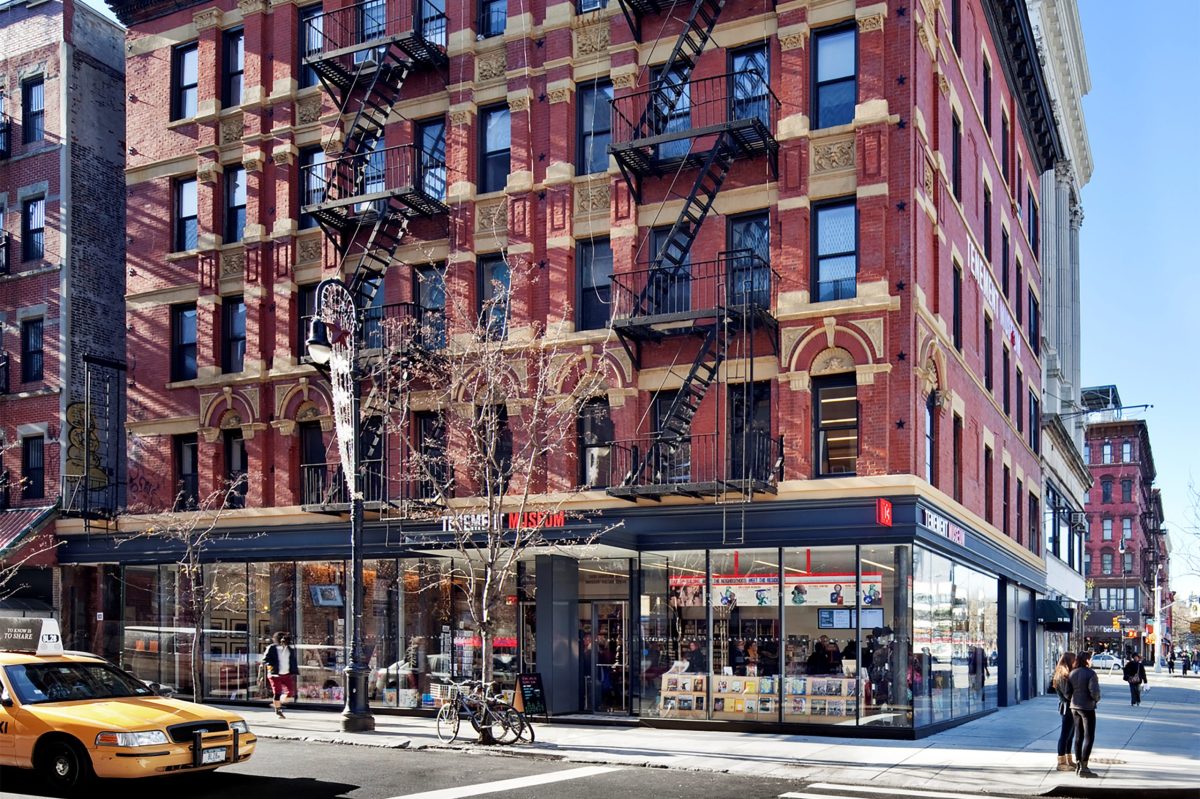As World AIDS Day nears its 30th anniversary, Metro takes a look at the fight against HIV in some of the most remote areas of the world. Christian Peña is a freelance photojournalist who recently visited Peru, on the Pacific Coast of South America, where he travelled throughout the capital city of Lima and the central Amazon region of Iquitos. There, he found stigma and a lack of knowledge on HIV/AIDS made living a normal life nearly impossible for those infected.
The week we arrive, Justin Beiber also is here for a concert which makes it more challenging then ever trying to drive around the busy streets of Lima, population 9 million.
At the same time, the annual Lord of the Miracles (Señor de los Milagros), one of the largest religious events in Latin America, is taking over the capital with a 24-hour procession.
We arrive to a home for HIV-positive parents and children in one of the poorest areas of the city, Barrio Altos. The centre is considered the last safety net for families in need who have few places to go for care in the city. Since its opening in 1995, its helped thousands of families, and its waiting list is growing every year.
The founder of the centre, Italian priest Zeffirino Montin, greets us. He points to a mural on the wall which quotes a mother who was HIV positive.
“My three children were born without HIV thanks to treatment,” it reads.
“We have various families and children that arrive every month and come here for treatment,” Father Montin says. “This place is mostly for the children of affected mothers and children with HIV.”
A new program is expected to “create a new, extended family,” for orphans left behind by HIV-positive parents.
Some of the most basic needs are met here: food (families receive a food basket including lentils, fortified flour, oil and powdered milk); and nursing support (breastfeeding increases the risk of mother-to-child HIV transmission so infants receive formula instead).
But, to the disappointment of Father Montin, the home is still not able to provide all medical support. “We already provide basic health care, counseling and other activities for kids with HIV, wouldn’t it be more convenient and effective to keep families together not only during counseling but during treatment as well?” he asks.
Peruvians living with HIV/AIDS are protected by a national law which “recognizes fundamental rights of autonomy, confidentiality, and nondiscrimination and guarantees provision of medical treatment according to the state’s capacity.” But access to care still depends on funds and many in the country, including Father Montin, are fighting for care to be free.
Montin’s home is financially supported by the international NGO, the Global Fund, whose support represents a large proportion of the investment in HIV/AIDS in the country.
An international call was made this month for countries to commit to more funding worldwide, in order to fully benefit from some of the most successful treatments now available.
“The funding needed to turn this year’s scientific and political breakthroughs into increased access to treatment for millions of people, is severely lacking,” Doctors without Borders said in a release.
It’s a call many in the far-reaching corners of the globe, like those at Father Montin’s home, are hoping will be heard.
Christian Peña’s visit to Peru was by invitation from The Global Fund.
















